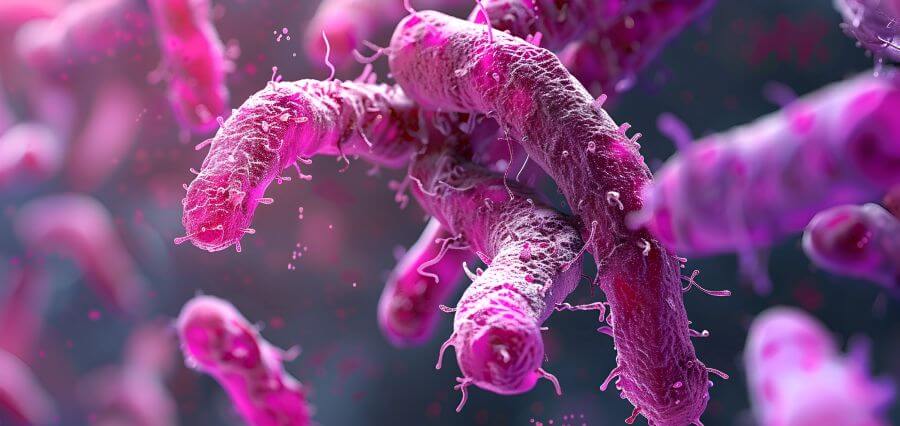Researchers at the University of Nottingham are getting closer to comprehending how bacteria that are resistant to antibiotics, such Salmonella enterica and E. coli, communicate genetic material.
One of the biggest threats facing the world today is antimicrobial resistance (AMR), or an organism’s capacity to resist treatment with antibiotics and other antimicrobials. It has been noted that food products produced from husbandry, livestock farms, and the surroundings around them may be reservoirs of resistant illnesses for both humans and animals.
One significant known factor in the significant rise and spread of antibiotic-resistant bacteria (AMR) in livestock husbandry is the misuse and overuse of broad-spectrum antimicrobials given to minimize production losses.
In this most recent study, researchers make a major contribution to the understanding of how various bacteria species coexisting in the same microbial community (the chicken gut, for instance) can exchange genetic material linked to antibiotic resistance (AMR) and ultimately develop resistance mechanisms that are similar to one another. The finding has significant ramifications since it modifies our comprehension of AMR and presents new difficulties for the application of surveillance and treatment/control strategies.
This study, which was published in Nature Communications, examines two significant bacteria that are present in food animals: Salmonella enterica and Escherichia coli. Both of these bacteria are highly transmissible to humans, exhibit high levels of treatment resistance, and are frequently found in farming environments. They can also cause food poisoning.
Experts from the University’s School of Veterinary Medicine and Science, the China National Centre for Food Safety Risk Assessment, Nimrod Veterinary Products Limited, and New Hope Liuhe Group Ltd in China collaborated on the study.
The study’s principal investigator is Dr. Tania Dottorini of the University of Nottingham’s School of Veterinary Medicine and Science. She stated: “These bacterial species have the ability to transfer genetic material inside and maybe across species, which is how antimicrobial resistance spreads. Therefore, knowing how much these bacteria may co-evolve and share their DNA within the same environment—and, crucially, host—could aid in the creation of more effective treatments to combat antibiotic-resistant bacteria.”
Read More: https://thecareworld.com/





